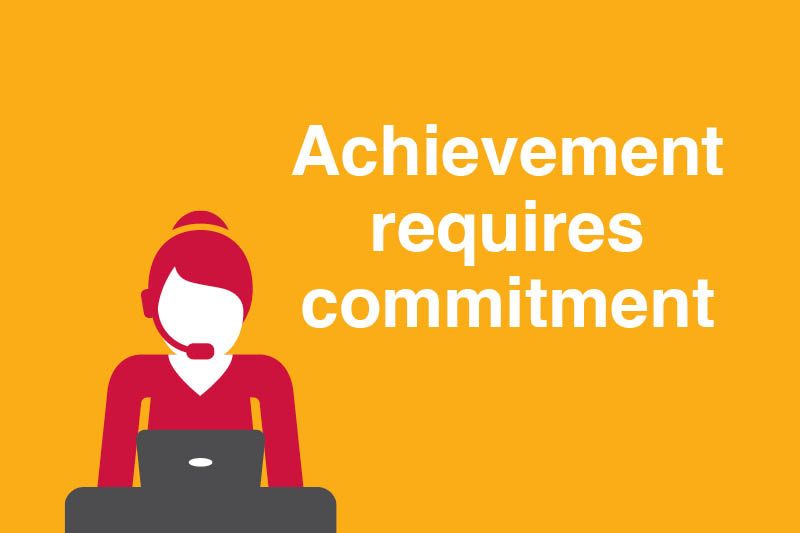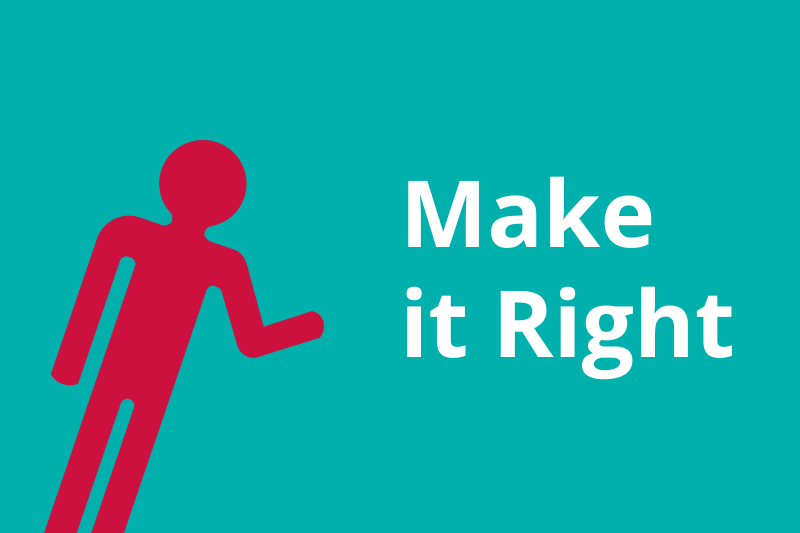Optimising your temporary workforce: best practices for efficiency and productivity
18th November 2024

If you are in a fast-paced industry, such as manufacturing or logistics, you will be very familiar with how important it is to work in an agile way. The ability to scale your workforce quickly and efficiently is crucial to meeting production goals and adapting to changing demand.
Temporary staff, often provided by recruitment agencies (such as Martin Personnel), offer a flexible solution to manage peaks in workload, fill short-term skill gaps, or cover for absent permanent employees. However, to truly maximise the value of your temporary workforce, it’s important to have a strategy in place for integrating and managing them effectively.
Here are some best practices to help you optimise your temporary workforce for maximum efficiency and productivity:
1. Onboard temporary staff as you would permanent employees
One of the most common mistakes businesses make is skipping a formal onboarding process for temporary employees. While they may only be with your company for a short time, proper onboarding is a good way to make sure they understand your company’s processes, safety protocols, and expectations from the start.
A streamlined onboarding programme should include:
- A company overview and introduction to the team
- A walkthrough of key job responsibilities
- Safety and compliance training (especially in manufacturing and logistics environments)
- Clear communication of performance expectations and goals
Onboarding sets the tone for productivity and helps temporary workers hit the ground running. In turn, this reduces costly errors and delays, ensuring smoother operations overall.
2. Communicate openly and frequently
Maintaining clear and consistent communication with your temporary staff is essential for their success. Because these workers won’t be as familiar with your company as full-time employees, regular check-ins are critical to ensuring they stay on track.
Managers should:
- Hold daily or weekly briefings to review progress and address any issues
- Be available to answer questions and clarify tasks
- Provide feedback, both positive and constructive, to help workers improve
By fostering an open communication environment, you help temporary employees feel more connected and empowered, in turn boosting their productivity and efficiency.
3. Pair temporary workers with mentors or buddies
It’s often a steeper learning curve for temporary employees often because they are entering a new environment. To boost their learning and integration, consider pairing them with experienced permanent staff who can act as mentors or buddies.
These mentors can:
- Provide hands-on training and real-time support
- Help navigate the nuances of the job and the company culture
- Serve as a go-to resource for questions and concerns
This partnership not only helps temporary staff feel more comfortable but also speeds up their ability to contribute effectively to the team.
4. Leverage their unique skill sets
One of the advantages of hiring temporary staff through a recruitment agency is gaining access to a diverse talent pool. Many temporary workers bring specialised skills and experience from other industries or roles, which can offer fresh perspectives and innovative approaches to problem-solving.
To maximise their potential:
- Assign temporary workers to tasks that align with their strengths and expertise
- Allow them to share ideas and contribute to process improvements
- Encourage them to collaborate with full-time staff to support exchanging knowledge
By recognising and utilising the unique abilities of your temporary workforce, you can enhance overall efficiency and productivity.
5. Track and evaluate performance
To ensure that your temporary workforce is meeting your expectations, it’s important to establish clear performance metrics and regularly evaluate progress. Performance tracking helps you identify high-performing temporary workers who may be suitable for longer-term or even permanent roles, while also pinpointing areas for improvement. We often help our clients transition one of our temporary associates into a full-time employee. It’s always such a highlight for us to see someone blossom during that process.
Key performance indicators (KPIs) to monitor include:
- Output and quality of work
- Adherence to safety protocols
- Team collaboration and communication
Having clear data allows you to make informed decisions about extending contracts, offering additional training, or adjusting staffing levels as needed.
Hopefully this article has demonstrated the benefits of taking a proactive approach to managing your temporary workforce. You can significantly enhance productivity, reduce inefficiencies, and meet your production goals with greater ease when you are well prepared. Whether through proper onboarding, clear communication, or leveraging the skills of agency-provided talent, these best practices can help you maximise the value of your temporary staff and create a smoother, more efficient operation. We are here to help our clients with that journey, so if you have any questions on this topic or are not already a client, please get in touch.
News tags
All articlesAucklandCandidate articlesChristchurchClient articlesFranchiseJob rolesUncategorised
Recent news
Devanner – job overview
2nd April 2025
Production worker – job overview
2nd April 2025
Reach hoist operator – job overview
26th March 2025
Pick packer – job overview
26th March 2025
Make it right – how we put this core value into action
26th February 2025
Why a recruitment agency can help you achieve better results
18th February 2025
Strategies to motivate Millennial and Gen Z workers
9th September 2024








